NASA Astronomy Picture of the Day 25 Feb 2023: Moon shares sky with Venus, Jupiter
NASA Astronomy Picture of the Day is crescent moon occultation ahead of the Venus and Jupiter conjunction.
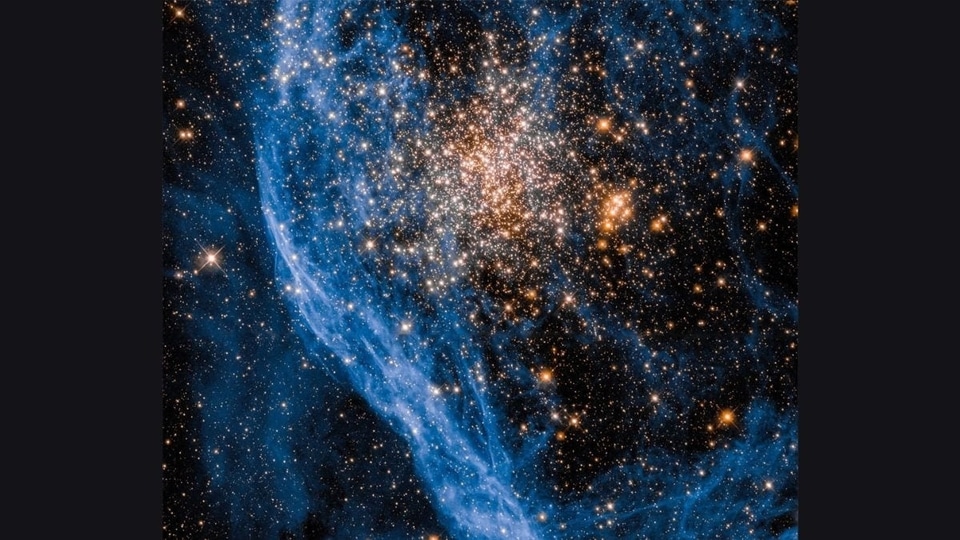
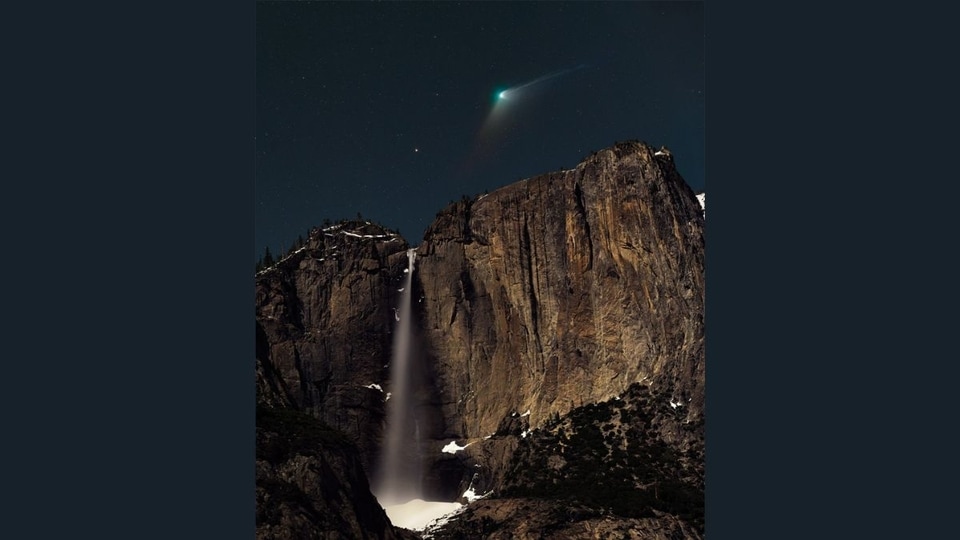
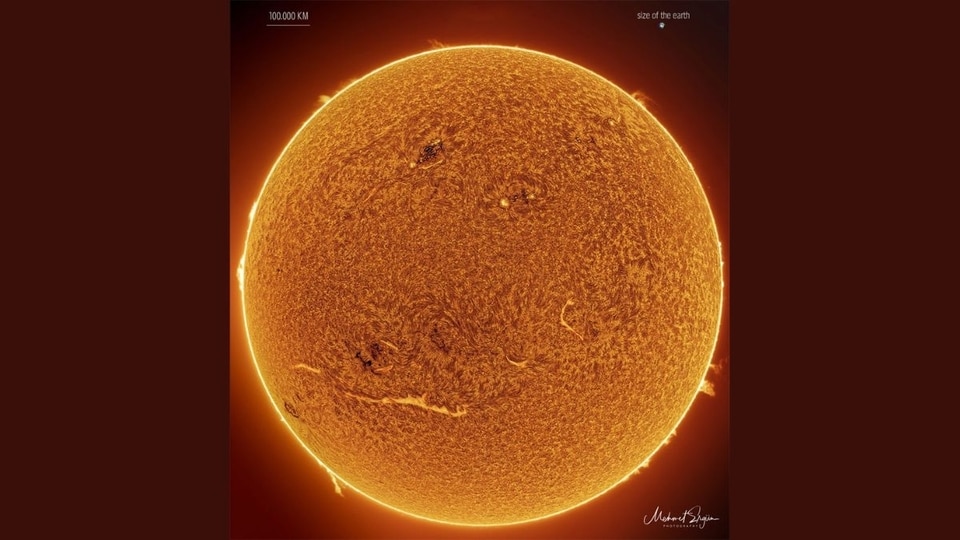
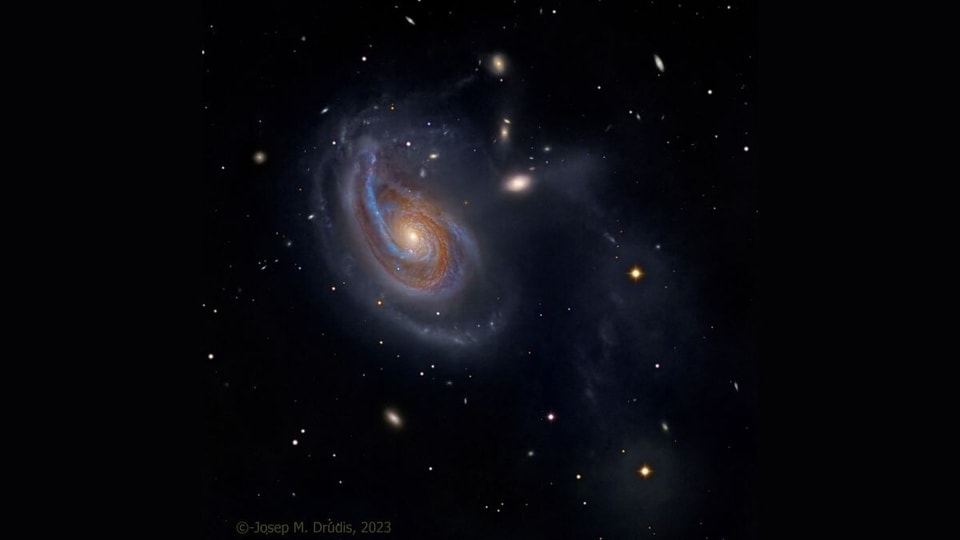
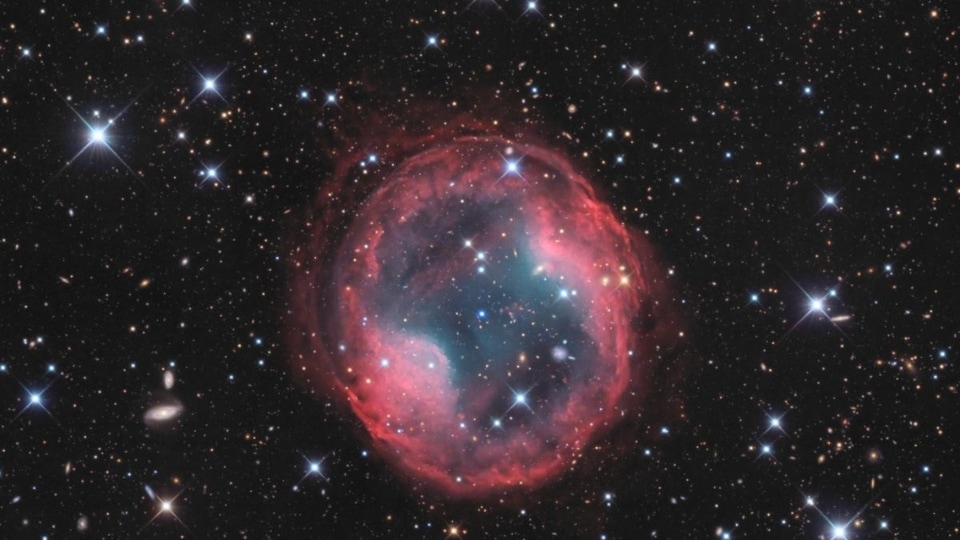

 View all Images
View all ImagesThe night sky these days is getting adorned by a special meeting of some celestial objects. Skywatchers must be aware that Venus and Jupiter are all set to make their closest approach soon. Ahead of the conjunction, NASA shared a magnificent image of crescent moon occultation captured by a landscape astrophotographer - Fefo Bouvier. Occultation basically refers to the temporary disappearance of one celestial object as it moves behind another object, as observed from a particular vantage point.
NASA said while sharing the photo, “On February 22, a young Moon shared the western sky at sunset with bright planets Venus and Jupiter along the ecliptic plane. The beautiful celestial conjunction was visible around planet Earth. But from some locations Jupiter hid for a while, occulted by the crescent lunar disk.”
Captured at Colonia del Sacramento, Uruguay, the dominant gas giant of the Solar System was seen on camera just as it vanished behind the dark edge of the Moon. The tranquil scene of the Río de la Plata and the sky also features a bright Venus, which can be seen shining low on the horizon amidst the fading twilight. The best part is that if you look up at the evening sky next week, you will see Venus and Jupiter in close proximity to each other. When and how? Know all here.
Jupiter and Venus planet conjunction
NASA has confirmed that “there's a meetup happening in the western sky: the crescent Moon sits close to Jupiter, with Venus below them. Jupiter and Venus will continue to cosy up until March 1, when they'll be at their closest.” To see Venus and Jupiter close together in the evening sky, astronomy enthusiasts should direct their gaze towards the west-southwest horizon approximately one hour after sunset. With minimal light pollution and clear skies, it is possible to observe this phenomenon with the naked eye. However, for a more detailed view, a telescope would be necessary.
Catch all the Latest Tech News, Mobile News, Laptop News, Gaming news, Wearables News , How To News, also keep up with us on Whatsapp channel,Twitter, Facebook, Google News, and Instagram. For our latest videos, subscribe to our YouTube channel.





























